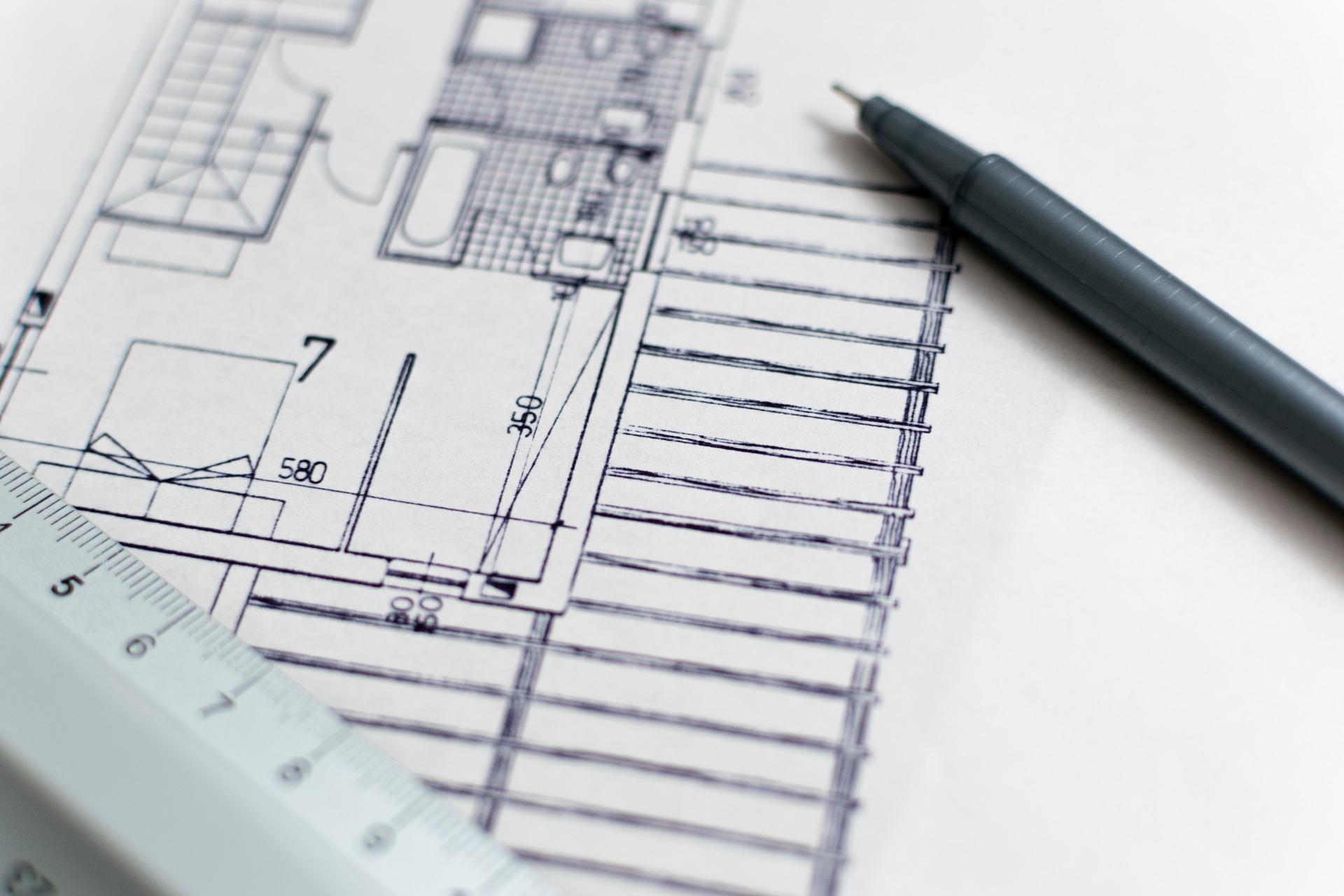Drawing is putting a line round an idea - Henri Matisse
You can learn drawing to establish a career in many different domains. Technical drawing or drafting is one such field of art where you can become a professional. Technical drawing or drafting is the step-by-step art of representing visually how some things will be constructed or will function. This is especially important in areas of engineering and architecture. When you look for drawing teachers near me, you should make sure that they have either of these two backgrounds to offer you a proper course in this field of drawing.
For technical drawing lessons, you will need to learn about perspective, symbols, notations, units of measurement, page layout, and visual styles. For an artist, these are essential to ensure that what you draw is unambiguous and easy to comprehend. There is an international standard for the symbols and principles used in technical drawing that is determined by ISO 128. And the need for precise communication is what distinguishes technical drawing from all other forms of art. While artistic drawings are left to the observers' interpretation, technical drawings are meant to convey only one meaning.
The artist of a technical drawing is often called a drafter, or a draftsperson, or a draughtsman, or a drafting technician.

Differences Between Technical and Artistic Drawing
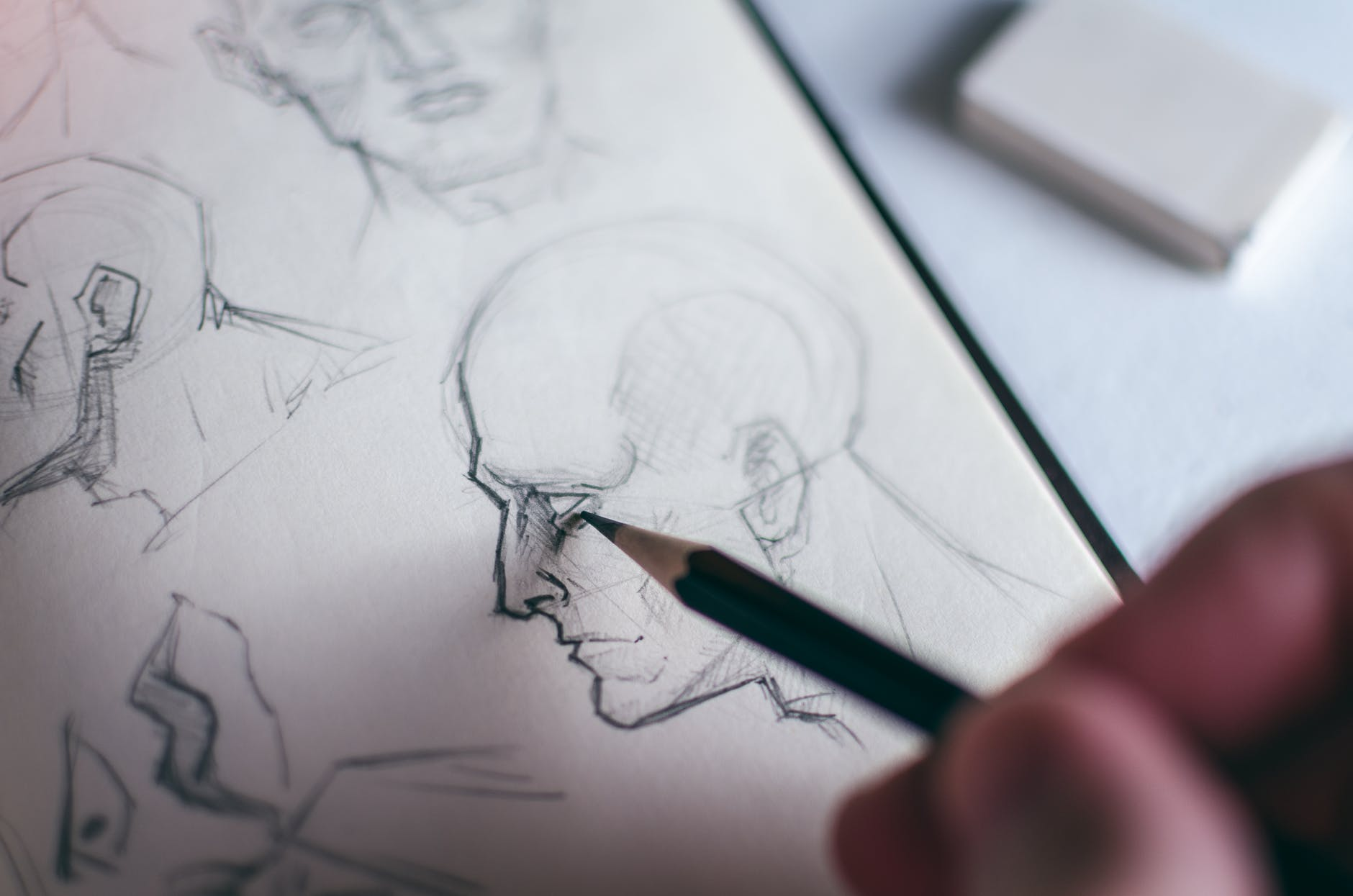
Technical drawing is not just any other form of drawing art. It requires special skills and techniques. Most importantly, it requires time and patience. As a drafter, if you want to understand how to learn drawing as a beginner, then start with understanding the differences between technical and creative art.
What is Technical Drawing?
To draw technical illustrations, you need to be aware of the following important elements -
- You need to be able to draw different objects and structures graphically.
- As a technical artist, you should be able to communicate the design and construction of the structure through your illustrations.
- Technical drawings are usually made on paper through pencil sketches.
- It uses a lot of descriptive geometry and orthogonal projections.
- A drafter needs to be well-versed with different branches of math.
- You should be able illustrate 3D views through your drawings.
- You need to learn drawing projections of the same objects from different views.
- You have to be aware of the ISO 128 standards and follow the protocols.
What is Artistic Drawing?
A creative artist can represent his thoughts and imagination in any way they like. This is in sharp contrast to technical drawing which has to follow standards and protocols. The key features of creative art include,
- It is a form of expressing your imagination and abstract thoughts through sketches, paintings, etc.
- It has been a primary mode of communication throughout history.
- Creative art is all about aesthetics an less about step-by-step processes.
- You can reproduce and recycle creative art.
- Artistic drawing is like a free flow of thoughts through the pencil of the artist.
What are the Different Methods of Technical Drawing?
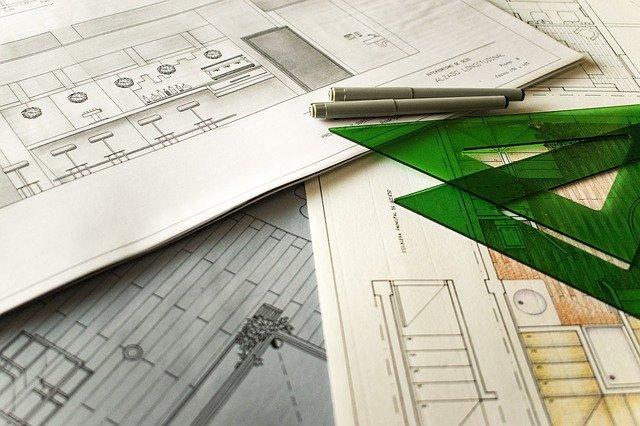
A technical drawing class will help you learn different methods and skills of technical art. There are three primary techniques that you can learn as a technical artist.
1. Sketching
This is the quickest form of technical drawing which requires a basic pencil, paper and some geometric tools. It is not considered as the final outcome. An architect, for example, may use a sketch to illustrate different ideas and establish a composition before zeroing down on the final structure. Architects use sketches to convey diagrams of large structures, thereby producing hypothetical designs for complex patterns.
2. Manual Drawing
This technique uses different tools to prepare technical illustrations. An artist would typically place a paper or some other drawing material on a smooth surface like a drawing board. The T square is the standard tool used for architectural drawing. You can learn drawing with this tool in your drawing course.
There are other technical drawing tools like compasses or the French curve to draw circles and curves. Then there is the spline that can be bent to most curves to produce precise drawings.
3. Computer-Aided Designs
2D CAD Systems
These are 2D CAD systems that replace the paper and create lines, curves, arcs, and circles by using a software. Popular examples are MicroStation and AutoCAD.
3D CAD Systems
This type of CAD system produces an orthogonal or sectioned view of the whole, thus minimizing the scope for error. A few examples of 3D systems include Autodesk Inventor and KeyCreator.
Get fun drawing classes for kids near me on Superprof.

What are the Applications of Technical Drawing?
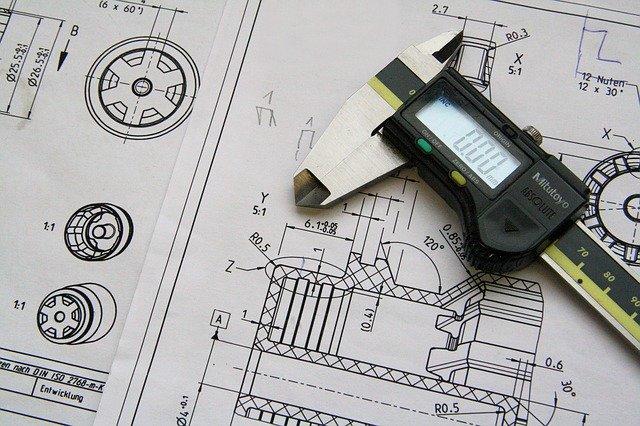
- A technical drawing class will expose you to a world of careers | Image Source: Pixabay.com | Image Courtesy: Anja Heidsiek
All art is but dirtying the paper delicately - John Ruskin
When you have found out good online drawing lessons near me, you have just unlocked the doors to some great career opportunities.
Professions Using Technical Drawing Skills
If you are a technical artist or draftsperson, you can choose multiple professions because the techniques maybe applied to a variety of fields. But the top ones include,
- Architecture - This is the most applied are of technical drawing skills. It is the art of designing any structure - buildings, brides, stations, etc. An architect has to use their skills to communicate all aspects of the design like shapes, angles, outlines, etc. It is the blueprint of the actual structure and the illustration is the plan for the same. So, the more details you can include in your architectural drawing, the better the final product will be.
- Mechanical Engineering - The term engineering is derived from the Latin word "ingenerare" which literally means "to create". In the context of technical art, it refers to a specific kind of engineering encompassing the field of mechanical engineering. This type of art is used in the manufacturing industry primarily. An engineering drawing has to be unambiguous and flawless.
- Software Engineering - Most designers of software make use of architectural skills. Modeling languages such as UML or Unified Modeling Language use informal, ad hoc diagrams to illustrate a conceptual model.
Search for a drawing class here on Superprof.
What are the Types of Technical Drawing?
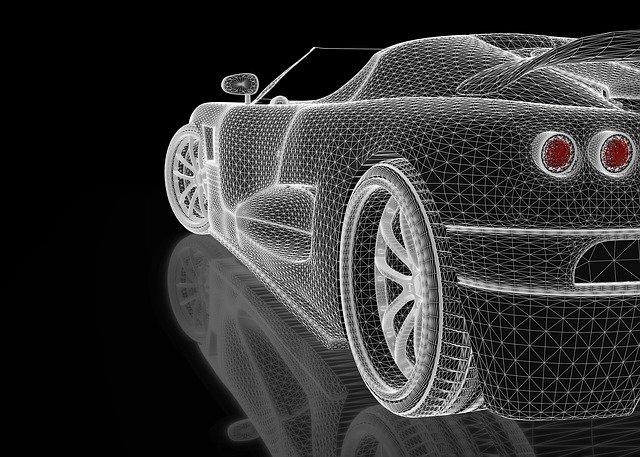
- Technical drawing like this one requires time and a good understanding drawing software | Image Source: Pixabay.com | Image Courtesy: Tayeb Mezahdia
There are two types of technical drawings, based on graphical projections:
- Two Dimensional Representation - This uses orthographic projection techniques to produce 2 dimensions of the object.
- Three Dimensional Representation - As the name suggests, in this type of illustration, an artist can draw all three dimension of an object.
Sub-Types of Technical Drawings
1. Multiview Orthographic Projection
When an artist uses two conventions - the first and third angles - to produce a drawing, it produces a multiview projection. The unique feature of this type of view is that the main side of the object in both types is the same.
2. Sectioned View
Unlike multiview that represents external parts of an object, sectioned views can produce imaginary plane cuts.
3. Auxiliary View
This types uses an additional projection plan to reflect the true shape and size of the object of art.
4. Pattern
Also known as developments, patterns are drawn to show the shape and size of a flat piece of a material that will later need to be bent or folded into a 3D shape.
5. Exploded View
This technique is used to convey the relationship or the assembly of various parts of an object.
How to Learn Drawing As A Beginner?
-
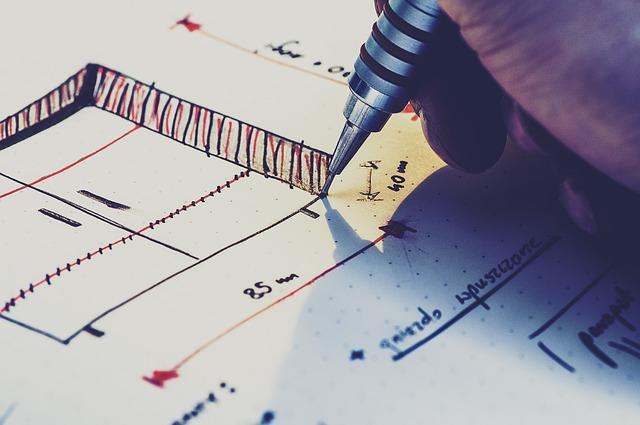
Online drawing classes are the best way to get started with your first drawing course | Image Source: Pixabay.com | Image Courtesy: tookapic
To learn drawing as a beginner, you can use these simple tips -
- Take your knack for scribbling to the next level.
- Try out drawing exercises and lessons at home.
- Build you drawing talent under the guidance of an expert to turn it into a skill.
- Seek drawing inspiration from all around you.
- Learn to draw better by copying at first.
- Recycle and reuse your drawing.
- Learn by observation.
- Train your eyes to see the finer things around you.
- Try digital painting from sketching.
- Study character illustrations.
- Experiment with brushes.
When you don the role of a technical illustrator, you have to be vigilant, precise and extremely accurate. Only then can you excel in the role of a technical designer.

